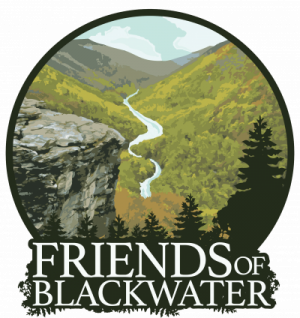
Odonata
(Order)
Dragonflies & Damselflies
Zygoptera
Damselflies
(suborder)
Hagen’s Bluet
Enallagma hageni
Slowing down and looking around you will show you all the things you should be thankful in life. You will also note little blue vibrant dragonfly looking insects buzzing around the wetland you are standing in. Upon closer inspection you will note that this insect is a damselfly as when it sits it rests with its wings closed, where dragonflies hold them flat. Bluets are one such type of damselfly. Males of the species have a blue teardrop on top of the head coming out from each of the eyes, and an abdomen mostly blue as well, which makes its vibrant blue body stand out even more. It has 4 black continuous bands evenly spaced throughout the abdomen. In hand the male can be positively identified when looking at the shape of the cerci, one of the pair of appendages at the rear of the abdomen that serves as tactile organs. This species can be noted there is open marsh with some sort of floating vegetation, such as the beaver ponds on the way to Douglas on the Blackwater Rail Trail.
Eastern Red Damsel
Amphiagrion saucium
Damselflies, and odonates for that matter, come in a variety of different colors, some species being multiple colors themselves. The Eastern Red Damsel is indeed red, at least the males are. Different species also of course occur in different wetland types, with these being along the river and wet areas surrounding it on the Blackwater Rail Trail just south of downtown Thomas. This species is known to haunt sedge-filled marshes, seeps from streams, and acid bogs where they can be found perching on grass and sedge stems, but not the leaves. Males have a mostly red abdomen that is variably marked in black towards the tip. The thorax (body) is blackish, and the species has reddish-brown eyes. Females are light brown-eyed, with a dull orange thorax, with the abdomen being reddish-orange. This species was noted to be attached together as they bred in the wetlands along the Blackwater Rail Trail. Another vibrant, yet distinctive ode that brightens up the wetlands that border the rail trail.
©Pamela Cowart-Rickman



